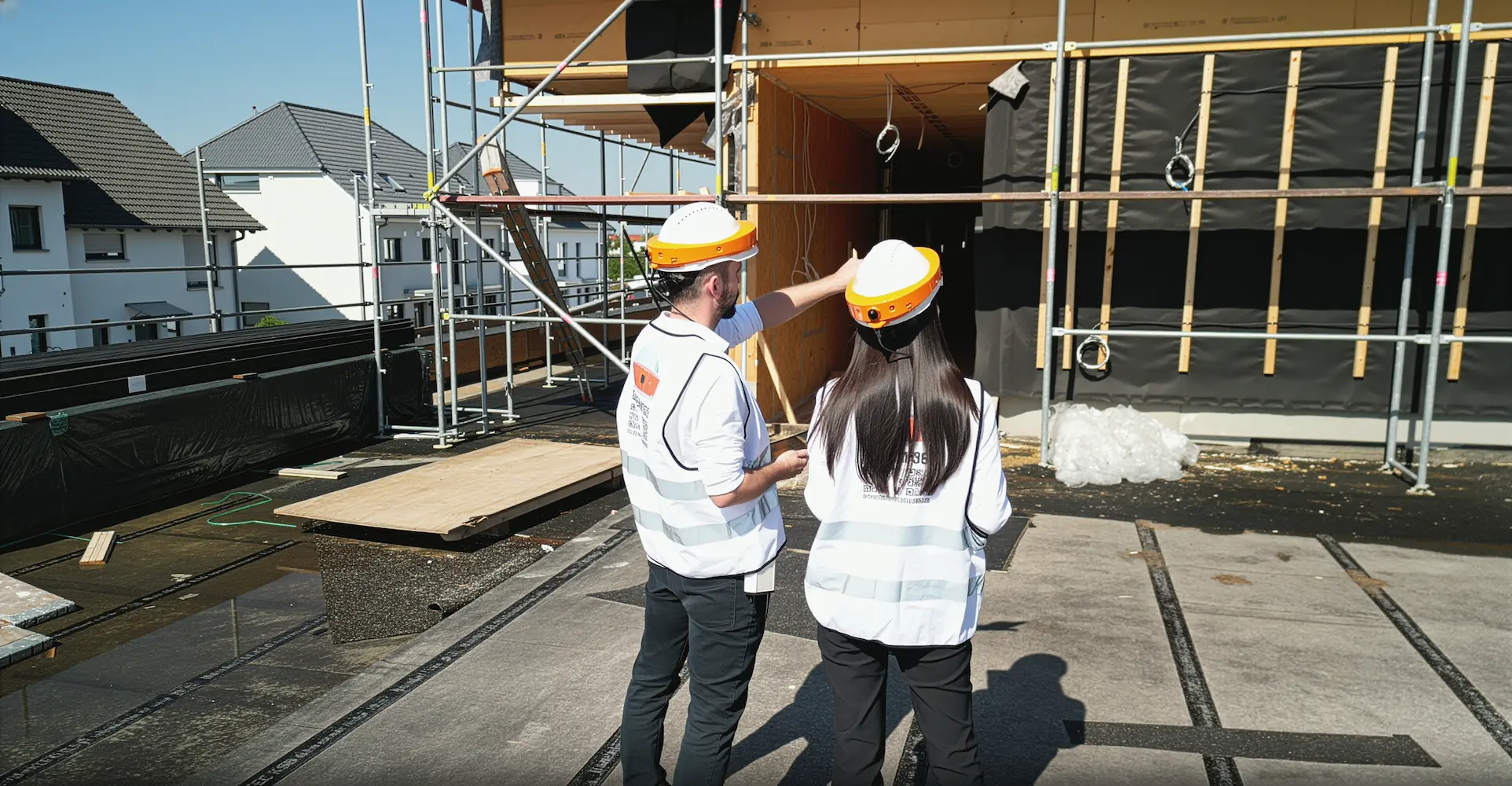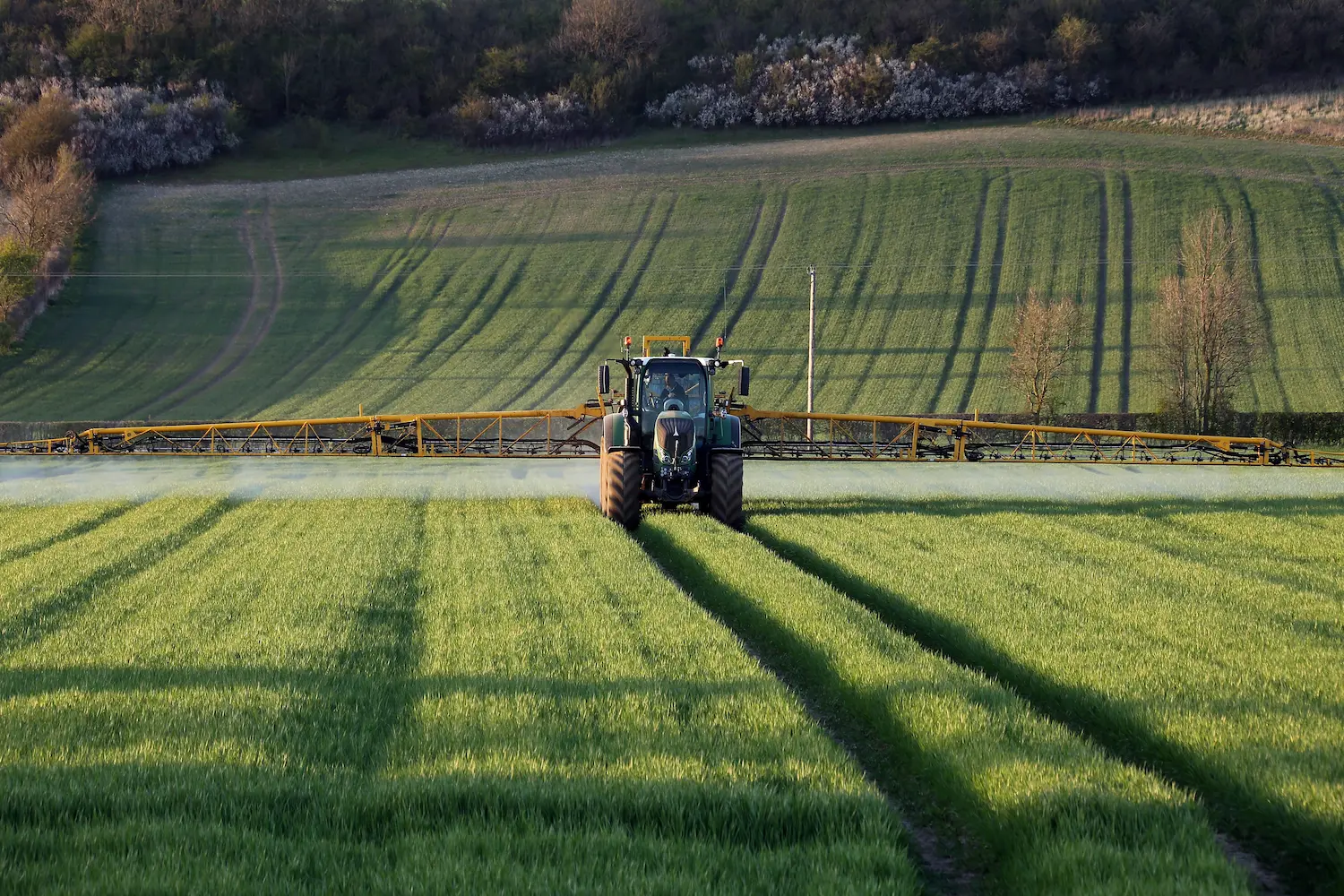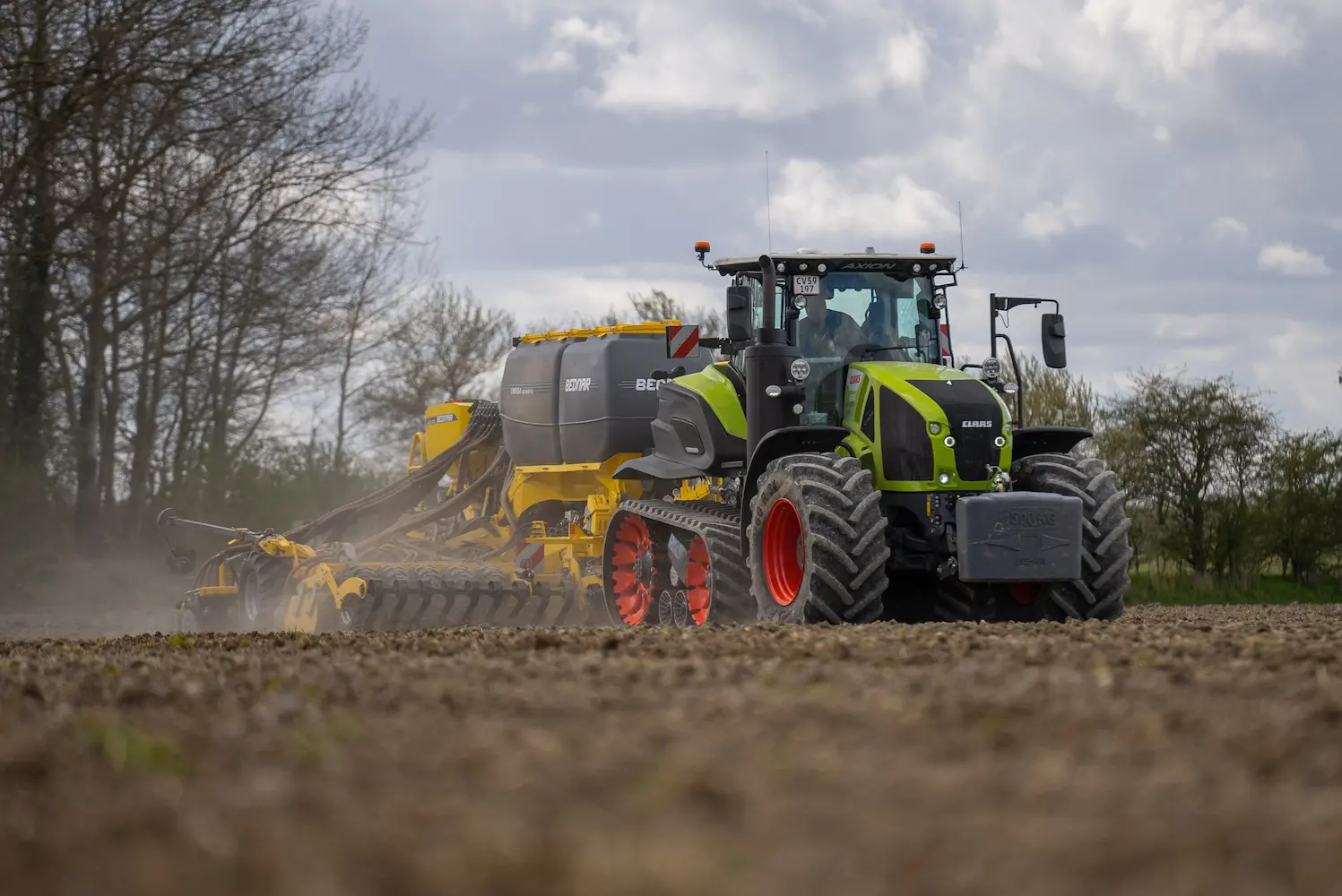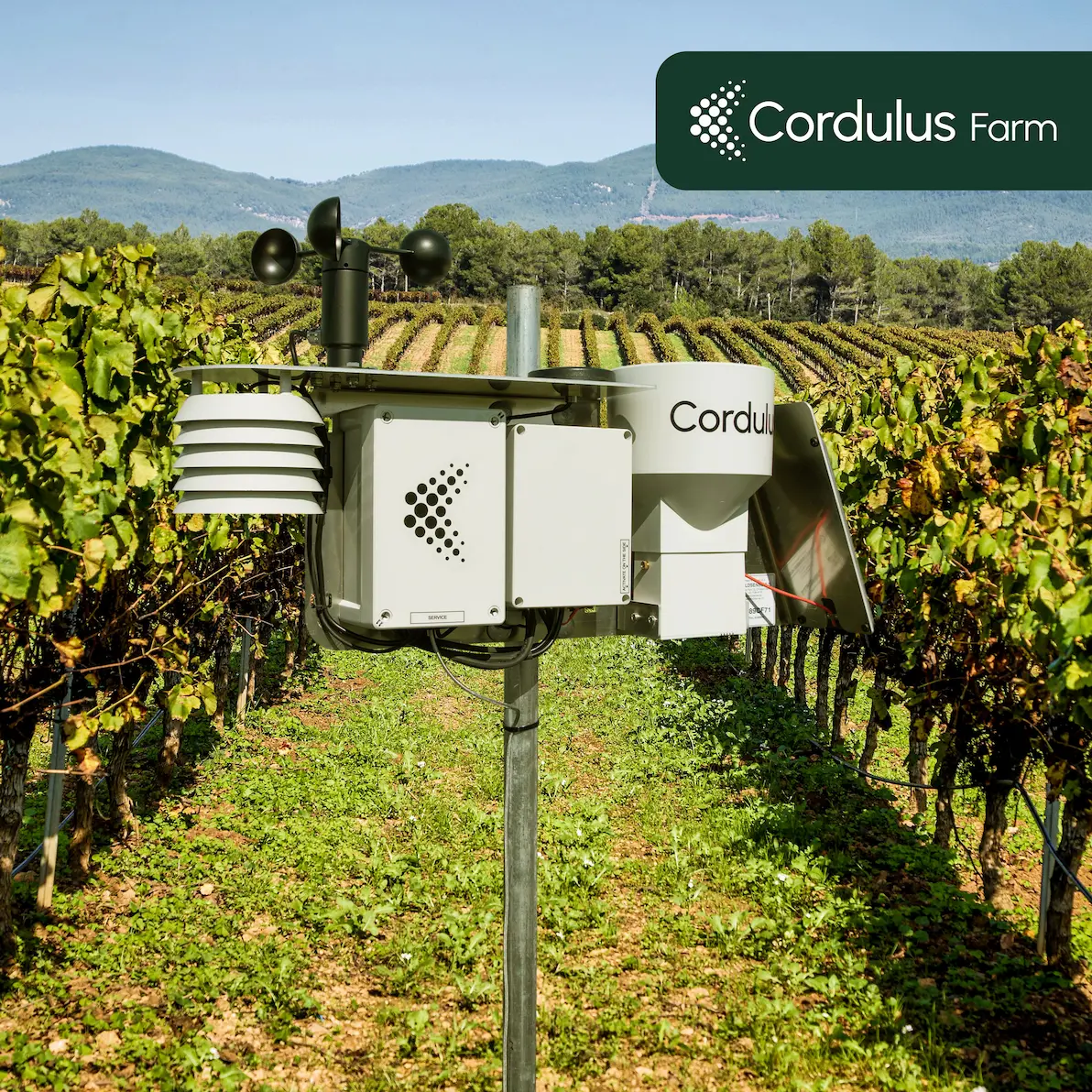Expand your weather data network

How and why you should join Cordulus’ local farm weather network
When you subscribe to a Cordulus Farm weather station, you become a part of a joint network of weather stations. For every weather station you have, you gain access to 5 digital weather stations around the countryside.
The values of cooperatives are deeply ingrained in Cordulus’ DNA. We believe that, through sharing weather data and giving access to a larger network to farmers, we can enable you to benefit and gain insights from more than just your own weather station.
But what is a digital weather station?
A digital station is simply just any weather station connected to the network that isn’t yours. So if your neighbour has a Cordulus weather station, you can access it as a digital station.
What can I use the digital weather stations for?
- Access weather data near outlying fields
- Make your own weather forecasts
- Help colleagues or do contract work in other fields
Essentially what this means for you is you can get hyperlocal weather data from up to 5 of the 1000s of weather stations connected to the network, all with just one subscription. Weather stations you can use as if they were your own; spraying, harvesting, applying plant protection, and so on.
What can I use digital weather stations for?
For the farmer with spread out tracts of farmland
If you have discontiguous fields but you only have 1 weather station, you can access nearby digital weather stations, depending on the coverage in your area.
This allows you to access weather data, forecasts, and analyses for fields near your distant farm plots if there’s another weather station nearby - enabling you to use a digital weather station just like you would your own.
Become your own meteorologist
You can connect to nearby weather stations and see if it’s raining in those fields and help you determine which way that the rain is moving.
How? If you can see it has started raining at one weather station, and then 10 minutes after it starts raining at another digital station, you can approximate the direction and speed of the rain, allowing you to use that knowledge to inform your farming activities.
Discover your weather data needs
One of the great benefits of the digital weather stations is that they can help you figure out how many weather stations you need to cover all your fields.
If you’ve been using a digital station nearby one of your fields a lot, then that would be a good indication that you should consider getting your own. Because since the station is digital, that also means that it might be moved - or removed from the network altogether.
And if you’re relying on that station for weather data, the sudden lack thereof could have potential negative consequences for your farming activities. Moreover, a weather station of your own will always provide more local data in the location of your choosing than a digital weather station!
Avoid having to move your weather station
If you have to help a colleague or doing contract work in a field that’s not yours, you can simply find the closest digital weather station (or even your neighbour’s weather station) and connect to it.
This way, you can ensure that you’re always staying connected and using hyperlocal weather data to inform your farming activities, no matter where you are.
How to get started

The process of setting up 5 digital weather stations is fairly simple.
So simple in fact that we’ve made a quick guide so you can get started in less than 2 minutes:
- Open the Cordulus Farm app.
- Select Map in the bottom navigation bar.
- Zoom in by clicking the cluster icons or by using the zoom gesture.
- Continue zooming until the clusters turn into white, semi-transparent circular markers, each of which is a weather station.
- Click the white markers to open the details of the weather station.
- Click “Connect” to add it to your Home screen.
We’ve also prepared a short video that’ll help you find everything you need to know to get started with digital weather stations, simply click the button below!
Published:
July 6, 2023

.webp)

%20(1)%20(1).webp)
.webp)




%20(1).webp)








.webp)

.webp)




.webp)

_web.webp)






.webp)








